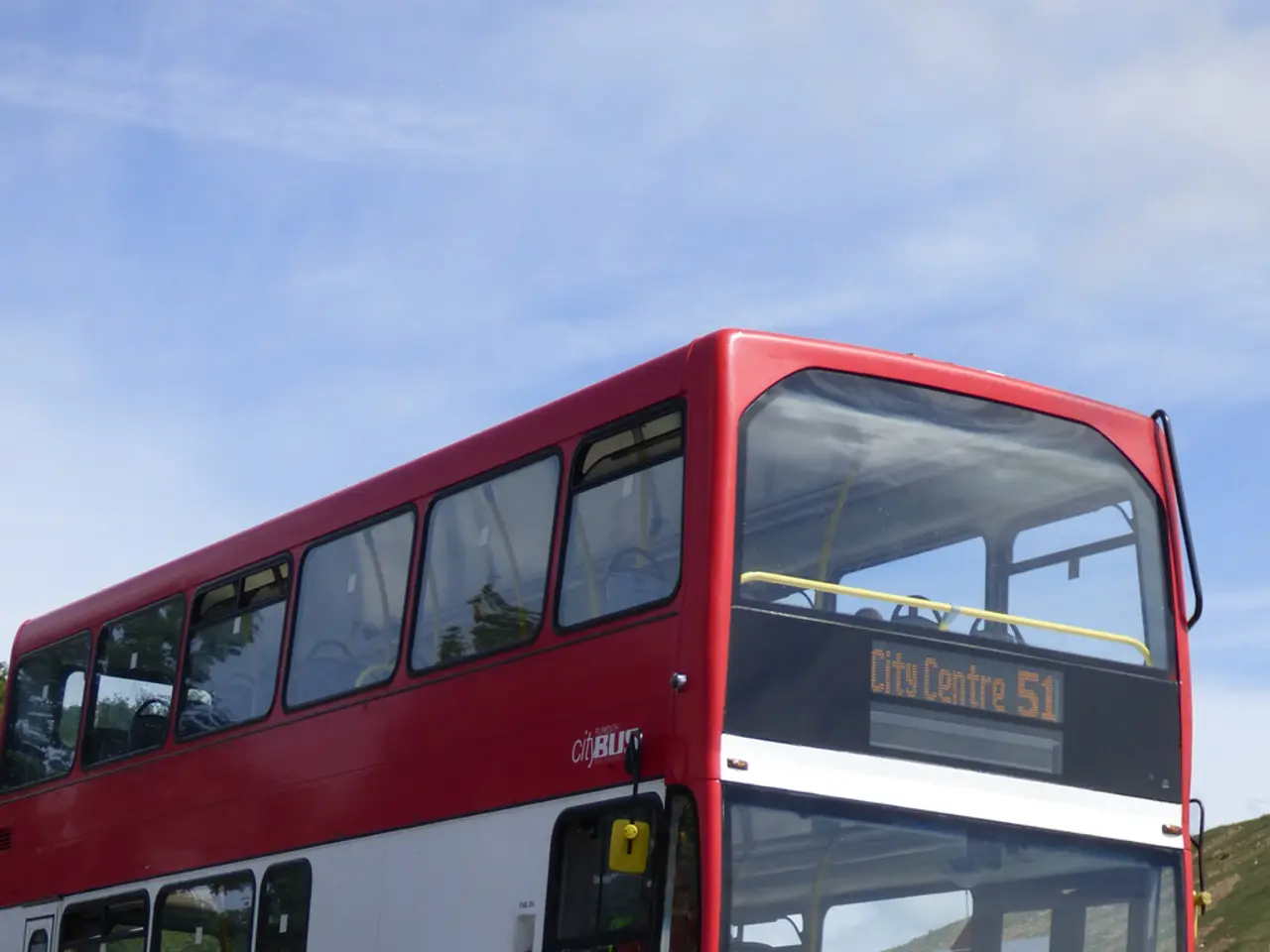Enhancing Urban Development: The Impact of Addressing Sidewalk Infractions in New York City on Increased Efficiency within our Metropolis
In the bustling city of New York, sidewalks are more than just paths for pedestrians. They serve as essential arteries for final-mile logistics, retail access, city mobility, and economic vitality [1]. Recognising this, the city is considering proactive policies for sidewalk management.
The proposed strategies include the use of IoT sensors, AI-driven analytics, public-private partnerships, and incentivized compliance programs for property owners [2]. These measures aim to address common sidewalk violations such as cracked or uneven surfaces, trip hazards, obstructions, tree root damage, and collapsed sidewalks.
By addressing sidewalk violations, the city can improve public safety and accessibility, which indirectly supports its function as a global logistics hub. A safer pedestrian and delivery environment is critical for efficient last-mile delivery operations, reducing hazards that can disrupt delivery flows and lead to liabilities [3].
Moreover, maintaining sidewalks is crucial for the city's participation in global trade networks. New York City serves as a critical node in global trade and finance due to its access to ports, airports, and a large network of rail and roadways [1]. By improving the physical infrastructure and regulatory environment that supports last-mile delivery, the city can reduce delays and accidents, making it a more reliable logistics base in the global supply chain.
The city's role as a logistics hub is highly dependent on uninterrupted, timely movement of goods through dense urban areas. By addressing sidewalk violations and enhancing street safety, New York City improves its position in global supply chains, enhancing its competitiveness and providing resilience against supply chain disruptions.
However, the city must carefully balance enforcement with support for the workforce to avoid unintended negative impacts on delivery efficiency [3]. Recent enforcement efforts, such as strict summonses and speed limits, have drawn criticism for potentially burdening immigrant delivery workers and raising concerns about job security. These measures, however, reflect NYC’s attempt to balance safety with maintaining efficient delivery operations essential to the city’s commerce.
Maintaining sidewalks in New York City as a competitive advantage is not just a civic responsibility, but a financial approach as well. Smoother and safer sidewalks can encourage more sustainable last-mile shipping options, such as bike couriers or electric delivery bots, reducing carbon footprints.
Modern sidewalk maintenance can include green materials and designs that absorb rainwater, reduce heat islands, and enhance urban aesthetics, contributing to the smart city's desire for environmental stewardship. The integration of predictive maintenance through IoT sensors and AI-driven analytics can help New York City stay ahead of infrastructure degradation and lower the frequency and severity of sidewalk violations.
In summary, addressing sidewalk violations in New York City has important positive implications for global trade and the city’s status as a logistics hub. By enhancing public safety, reducing legal liabilities, and enabling more efficient last-mile delivery, the city can position itself as a leader in the increasingly interconnected world. As cities vie for relevance and dominance, the synergy between city infrastructure and global commerce becomes crucial.
- To maintain its status as a global logistics hub, New York City should consider implementing education-and-self-development programs for delivery workers, ensuring they understand the importance of following safety regulations while navigating the city's sidewalks, thus improving both public safety and efficiency within the supply chain.
- The city's focus on enhancing its sidewalk management through technologies like IoT sensors and AI-driven analytics not only benefits general-news sectors like public safety and logistics but also extends to sports events, where efficient crowd and delivery management can optimize spectator experiences, making New York City a more attractive destination for global sports events.




